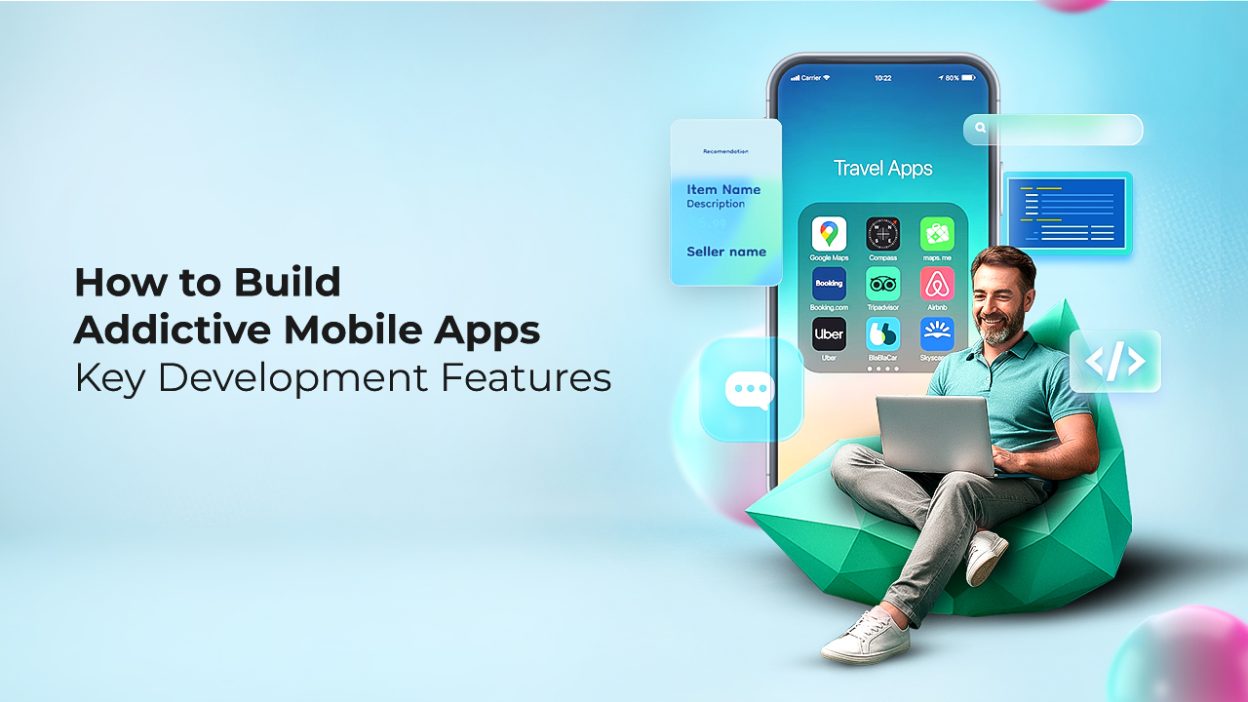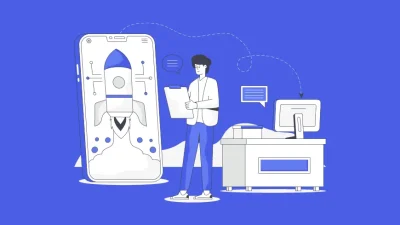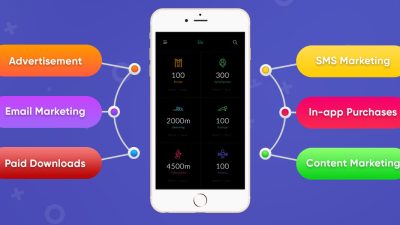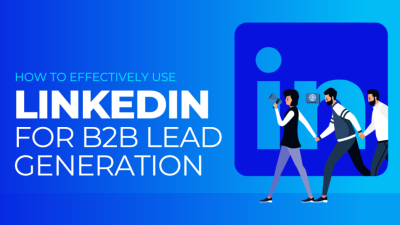Introduction
In today’s digital-first economy, mobile commerce (m-commerce) is no longer a luxury—it’s a necessity. With smartphones becoming the primary shopping device for millions, e-commerce businesses must prioritize Mobile App Development – Key Features to stay competitive, improve customer experience, and drive revenue.
But building a successful e-commerce app isn’t just about listing products. It’s about creating a seamless, secure, and engaging shopping experience that keeps users coming back. In this blog, we’ll explore the key features every e-commerce mobile app should have, along with best practices and strategic insights to help you build an app that converts.
1. User-Friendly Interface (UI) and Intuitive UX
Why It Matters:
First impressions count. A clean, intuitive interface ensures users can browse, search, and purchase without friction.
Key Elements:
- Minimalist design with clear CTAs
- Easy navigation and category structure
- Consistent branding and color schemes
- Responsive layouts for all screen sizes
Best Practices:
- Use familiar icons and gestures
- Prioritize accessibility (font size, contrast, voice support)
- Test with real users for usability feedback
2. Seamless Onboarding and Registration
Why It Matters:
A complicated sign-up process can lead to high drop-off rates. Onboarding should be quick, optional, and value-driven.
Features to Include:
- Social login (Google, Facebook, Apple)
- Guest checkout option
- Progressive onboarding (show features as users explore)
- Email/OTP verification for security
3. Advanced Product Search and Filtering
Why It Matters:
Users want to find what they’re looking for—fast. A powerful search engine improves discoverability and conversion.
Key Features:
- Predictive search suggestions
- Voice search integration
- Filters by price, size, color, brand, etc.
- Sort by popularity, rating, newest, etc.
4. High-Quality Product Listings
Why It Matters:
Product pages are where decisions happen. They must be informative, persuasive, and visually appealing.
Must-Have Elements:
- Multiple high-res images with zoom
- 360° product views or videos
- Detailed descriptions and specs
- Size guides and availability
- Customer reviews and ratings
5. Smart Shopping Cart and Wishlist
Why It Matters:
A well-designed cart and wishlist system improves user retention and encourages repeat purchases.
Features to Include:
- Save for later
- Edit quantity or variants
- Apply coupons or promo codes
- Cart reminders and abandonment recovery
- Sync across devices
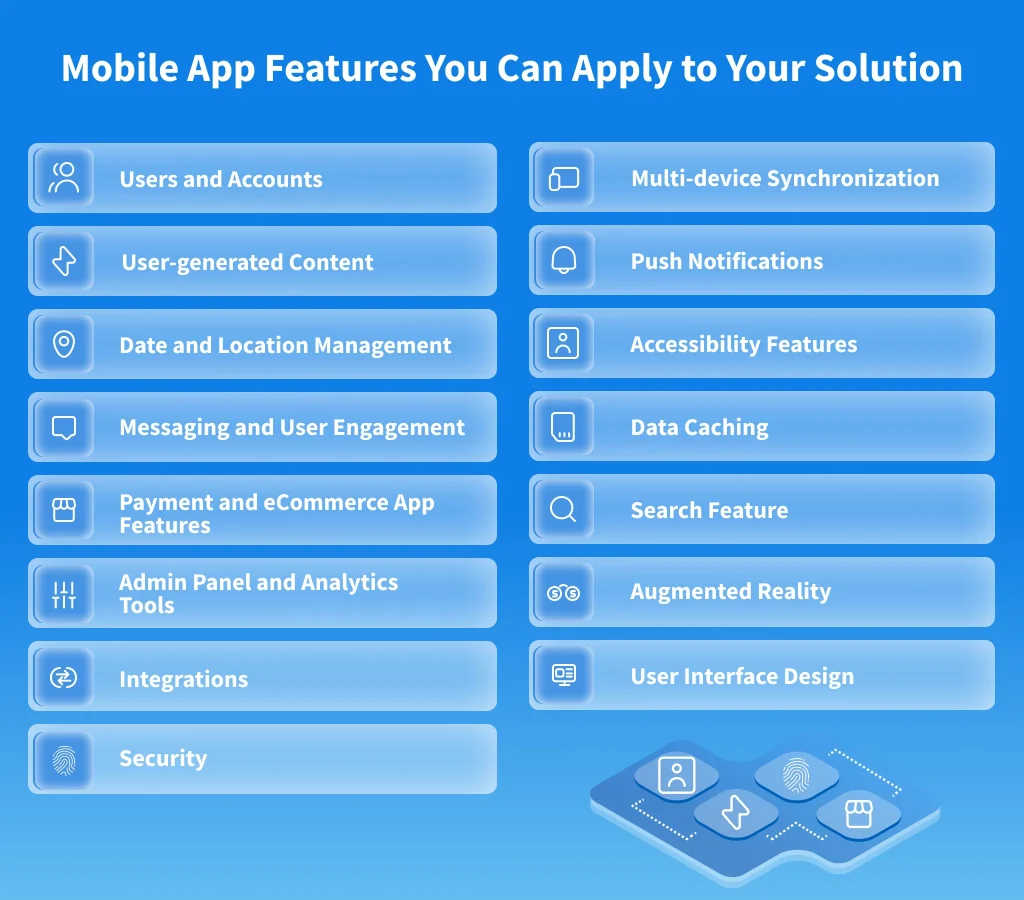
6. Secure and Flexible Payment Options
Why It Matters:
Payment is the most critical step. A secure, smooth checkout process builds trust and reduces cart abandonment.
Payment Features:
- Multiple gateways (Razorpay, Stripe, PayPal, etc.)
- UPI, credit/debit cards, net banking, wallets
- One-click payments for returning users
- EMI and BNPL (Buy Now, Pay Later) options
- PCI-DSS compliance and SSL encryption
7. Real-Time Order Tracking and Notifications
Why It Matters:
Customers want transparency. Real-time updates reduce anxiety and improve satisfaction.
Features to Include:
- Order status updates (confirmed, shipped, delivered)
- Push notifications for offers, delivery, and cart reminders
- In-app messaging for support or updates
8. Personalized Recommendations
Why It Matters:
Personalization increases engagement and average order value.
How to Implement:
- AI-based product suggestions
- Recently viewed and related items
- Personalized home screen and offers
- Behavior-based push notifications
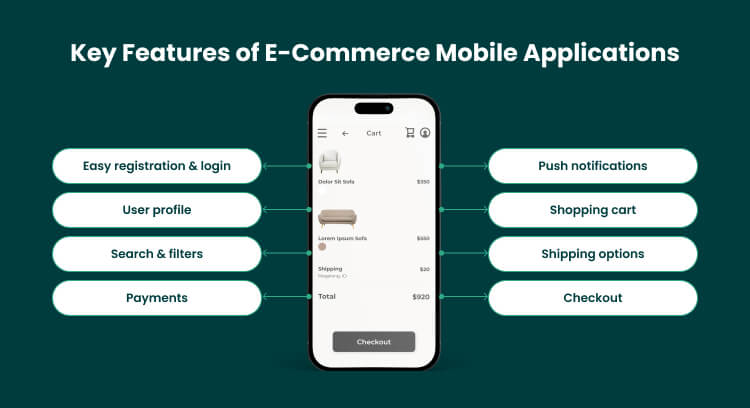
9. Loyalty Programs and Gamification
Why It Matters:
Loyalty features encourage repeat purchases and brand advocacy.
Ideas to Include:
- Points for purchases, referrals, and reviews
- Tiered membership levels
- Gamified challenges (e.g., spin the wheel, daily check-ins)
- Exclusive rewards and early access
10. Easy Returns and Refunds
Why It Matters:
A transparent return policy builds trust and reduces purchase hesitation.
Features to Include:
- In-app return request flow
- Refund status tracking
- FAQs and return policy page
- Customer support integration
11. Multilingual and Multi-Currency Support
Why It Matters:
If you’re targeting a global or diverse audience, localization is key.
Features to Include:
- Language selector
- Currency converter
- Localized content and offers
- Regional payment and shipping options
12. Offline Mode and Data Caching
Why It Matters:
Not all users have stable internet. Offline access improves usability and reach.
What to Cache:
- Product catalogs
- User preferences
- Recently viewed items
- Cart data
13. Analytics and Admin Dashboard
Why It Matters:
Data-driven decisions improve performance and ROI.
Features to Track:
- User behavior and funnel drop-offs
- Sales and revenue reports
- Inventory and stock levels
- Campaign performance

14. Customer Support Integration
Why It Matters:
Quick support builds trust and reduces churn.
Support Options:
- Live chat or chatbot
- In-app ticketing system
- FAQs and help center
- Call or email support
15. App Performance and Security
Why It Matters:
Speed and security are non-negotiable. A slow or vulnerable app loses users and credibility.
Best Practices:
- Optimize images and code
- Use CDN and caching
- Regular security audits
- Biometric login (Face ID, fingerprint)
- Two-factor authentication
16. Social Sharing and Integration
Why It Matters:
Social proof and virality can drive organic growth.
Features to Include:
- Share products on social media
- Social login
- User-generated content (reviews, photos)
- Influencer integrations
17. Push Notifications and In-App Messaging
Why It Matters:
Push notifications are powerful for re-engagement—when used wisely.
Best Practices:
- Segment users by behavior
- Personalize messages
- Avoid spamming
- Use rich media (images, GIFs, CTAs)
18. Scalability and Future-Proofing
Why It Matters:
Your app should grow with your business.
How to Ensure Scalability:
- Modular architecture
- Cloud-based backend (Firebase, AWS)
- API-first development
- Regular updates and feature rollouts
Conclusion
Building a successful e-commerce mobile app goes far beyond listing products and enabling checkout. It’s about creating a seamless, secure, and personalized experience that delights users and drives conversions.
By incorporating the key features outlined above—and continuously iterating based on user feedback—you can build an app that not only meets expectations but exceeds them.


